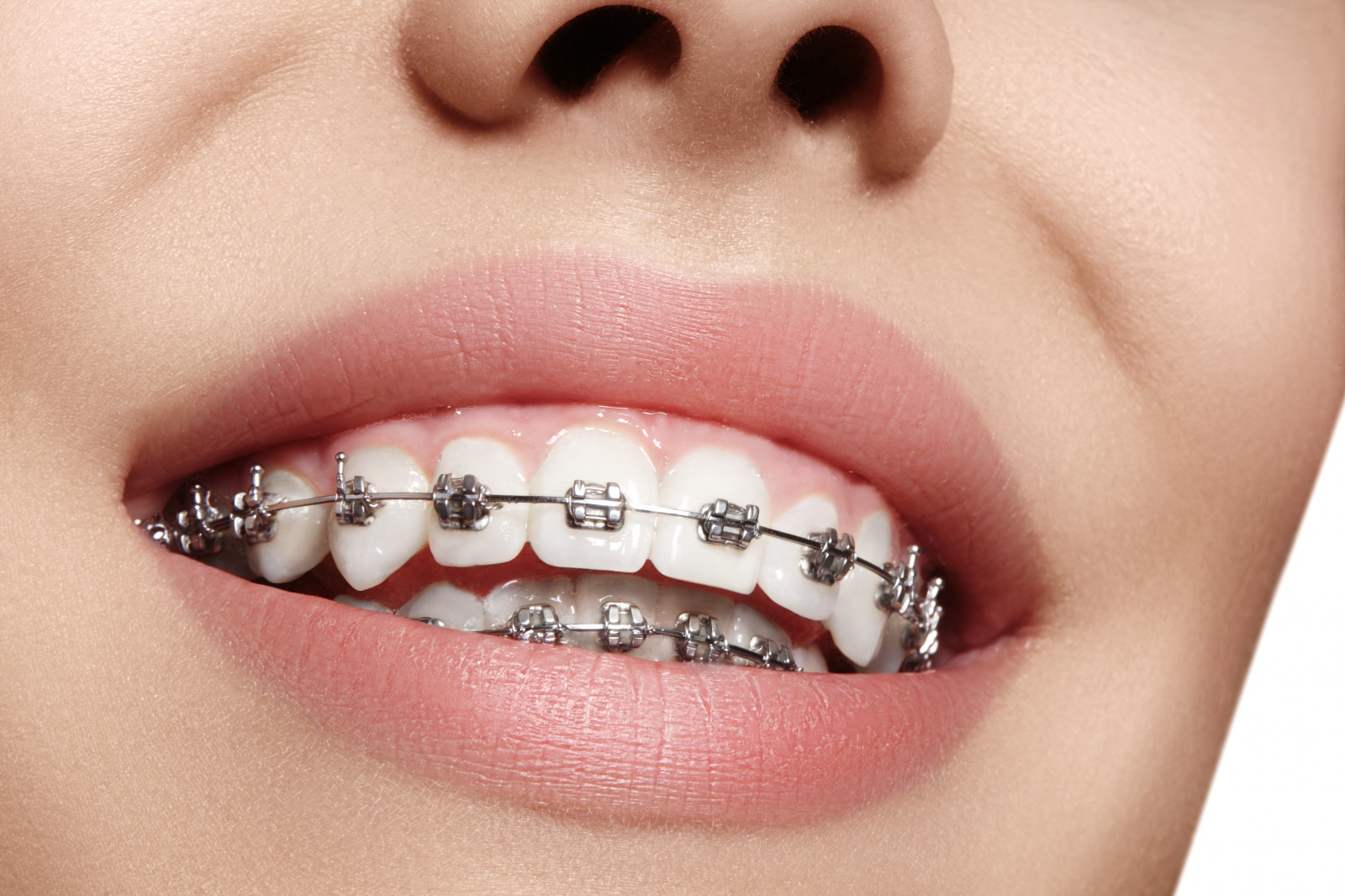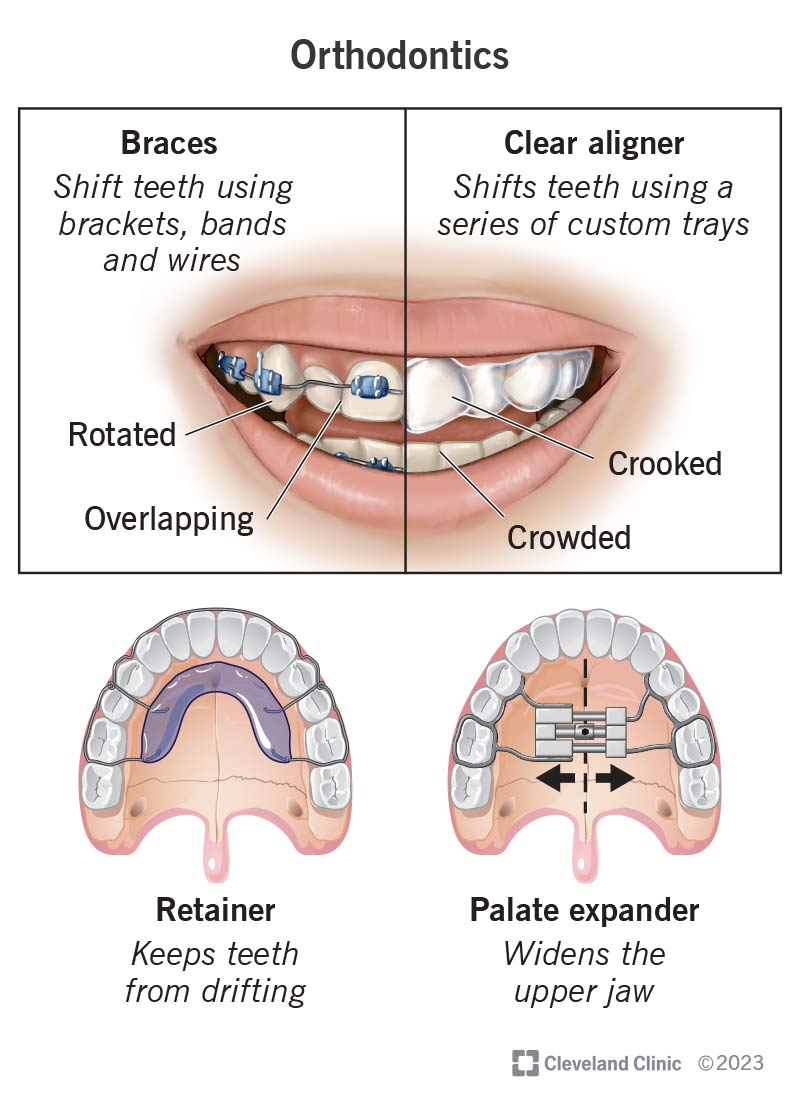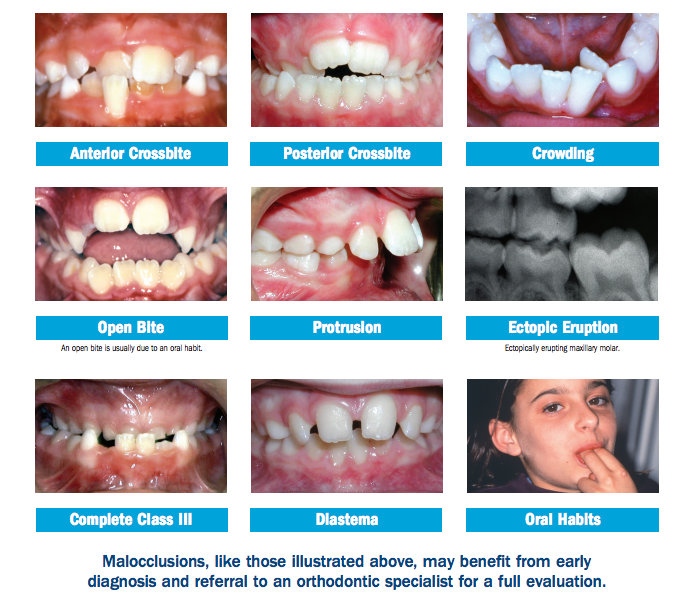The 15-Second Trick For Causey Orthodontics
Table of ContentsCausey Orthodontics Fundamentals ExplainedThe Buzz on Causey OrthodonticsSome Ideas on Causey Orthodontics You Should KnowCausey Orthodontics Things To Know Before You BuyWhat Does Causey Orthodontics Mean?
Disregarding occlusal connections, it was normal to eliminate teeth for a range of dental issues, such as malalignment or overcrowding. The concept of an intact dentition was not extensively valued in those days, making bite correlations seem pointless. In the late 1800s, the principle of occlusion was necessary for producing dependable prosthetic replacement teeth.As these concepts of prosthetic occlusion proceeded, it ended up being an invaluable tool for dentistry. It was in 1890 that the work and influence of Dr. Edwards H. Angle began to be really felt, with his contribution to modern-day orthodontics specifically notable. Focused on prosthodontics, he educated in Pennsylvania and Minnesota before directing his focus towards dental occlusion and the treatments needed to keep it as a typical condition, therefore coming to be recognized as the "dad of contemporary orthodontics".

The principle of suitable occlusion, as postulated by Angle and integrated into a classification system, enabled a change in the direction of dealing with malocclusion, which is any kind of deviation from normal occlusion. Having a full set of teeth on both arches was extremely looked for after in orthodontic therapy due to the need for precise partnerships in between them.
10 Simple Techniques For Causey Orthodontics
As occlusion came to be the crucial concern, facial percentages and aesthetics were disregarded - orthodontist near me. To achieve suitable occlusals without utilizing exterior forces, Angle postulated that having best occlusion was the most effective means to get optimal facial appearances. With the death of time, it became fairly obvious that even a phenomenal occlusion was not ideal when taken into consideration from a visual factor of view
Charles Tweed in America and Raymond Begg in Australia (who both examined under Angle) re-introduced dentistry removal right into orthodontics throughout the 1940s and 1950s so they could enhance facial esthetics while likewise making certain far better security worrying occlusal partnerships. In the postwar duration, cephalometric radiography started to be used by orthodontists for gauging modifications in tooth and jaw position created by growth and therapy. It ended up being apparent that orthodontic therapy could change mandibular growth, resulting in the formation of useful jaw orthopedics in Europe and extraoral force actions in the United States. Nowadays, both practical home appliances and extraoral gadgets are used around the world with the purpose of modifying growth patterns and types. Subsequently, pursuing true, or a minimum of boosted, jaw relationships had become the primary purpose of therapy by the mid-20th century.
The 45-Second Trick For Causey Orthodontics
 Until the mid-1970s, braces were made by covering metal around each tooth. https://www.empowher.com/users/causeyortho7., it came to be possible to instead bond metal braces to the teeth.
Until the mid-1970s, braces were made by covering metal around each tooth. https://www.empowher.com/users/causeyortho7., it came to be possible to instead bond metal braces to the teeth.Andrews gave an informative interpretation of the excellent occlusion in permanent teeth. This has actually had purposeful effects on orthodontic treatments that are carried out on a regular basis, and these are: 1. Correct interarchal partnerships 2. Appropriate crown angulation (pointer) 3. Appropriate crown inclination (torque) 4. No turnings 5. Tight get in touch with factors 6. Flat Curve of Spee (0.02.5 mm), and based upon these principles, he uncovered a treatment system called the straight-wire home appliance system, or the pre-adjusted edgewise system.
The advantage of the design lies in its bracket and archwire mix, which calls for just marginal cable bending from the orthodontist or clinician (best orthodontist near me). It's aptly named after this feature: the angle of the port and density of the brace base ultimately determine where each tooth is situated with little need for extra manipulation
Indicators on Causey Orthodontics You Should Know
Both of these systems employed the same brackets for each and every tooth and demanded the bending of an archwire in 3 airplanes for locating teeth in their desired placements, with these bends determining supreme placements. When it involves orthodontic devices, they are split into 2 types: removable and taken care of. Removable devices can be taken on and off by the patient as called for.

Hence, virtually all contemporary fixed appliances can be considered variants on this edgewise home appliance system. Early 20th-century orthodontist Edward Angle made a major payment to the world of dental care. He developed four distinctive device systems that have been used as the basis for several orthodontic treatments today, barring a couple of exceptions.
Not known Details About Causey Orthodontics

The cable ended in a thread, and to relocate forward, an adjustable nut was used, which allowed for an increase in area. By ligation, each specific tooth was connected to this expansive archwire (cheapest orthodontist near me). As a result of its minimal series of activity, Angle was incapable to attain accurate tooth positioning with an E-arch
These tubes held a soldered pin, which might be repositioned at each visit in order to relocate them in position. Referred to as the "bone-growing device", this gizmo was theorized to urge healthier bone development due to its possibility for transferring pressure directly to the origins. Implementing it confirmed problematic in fact.